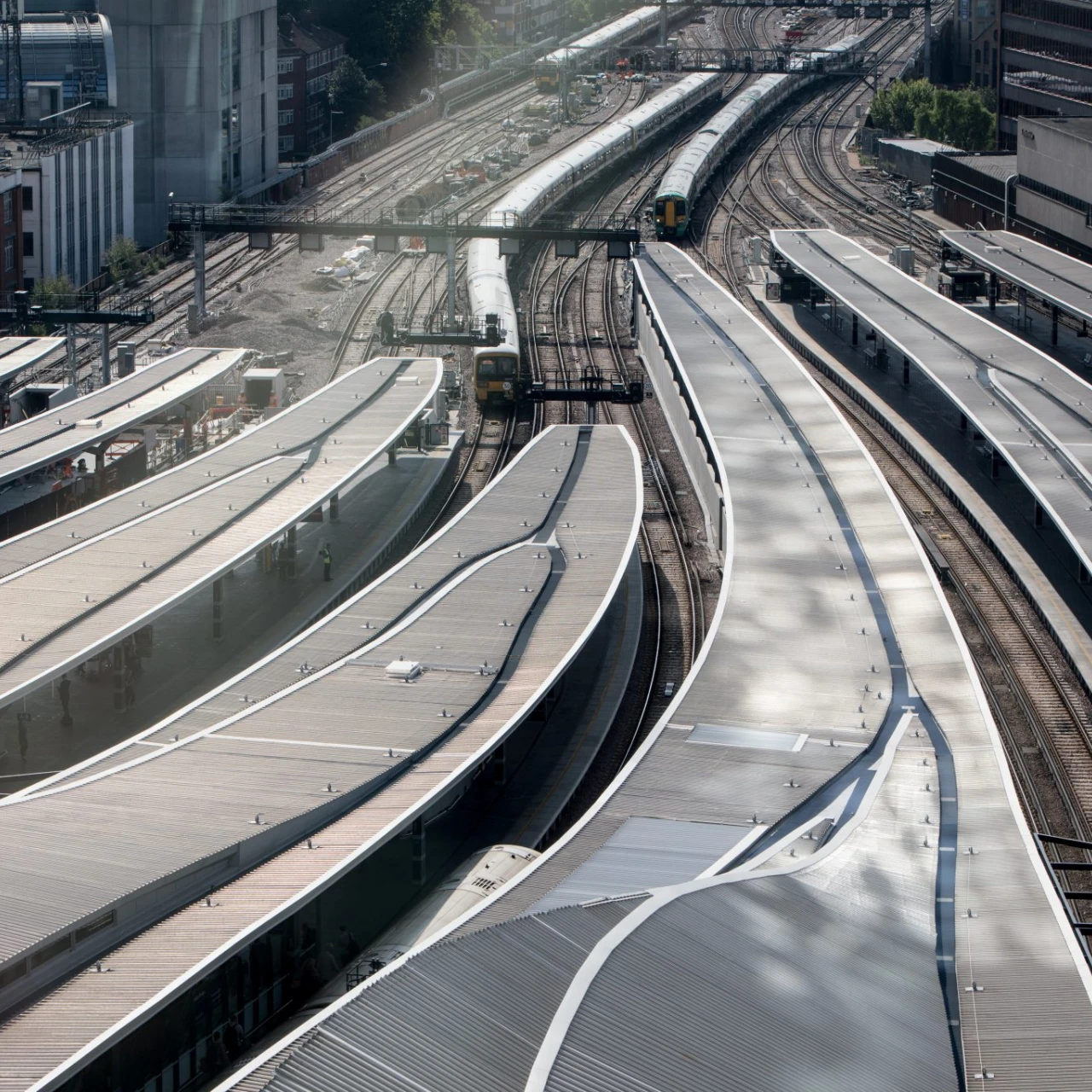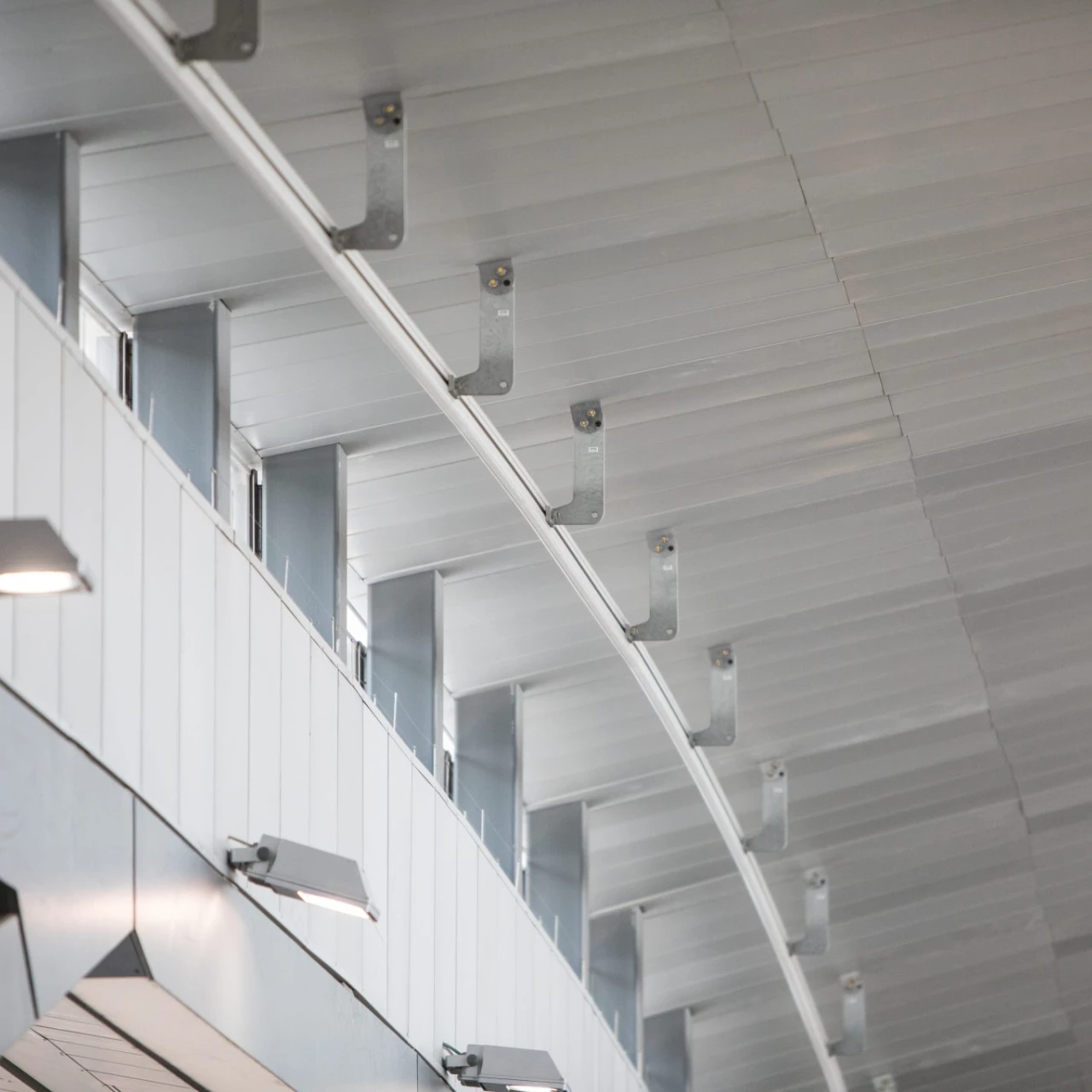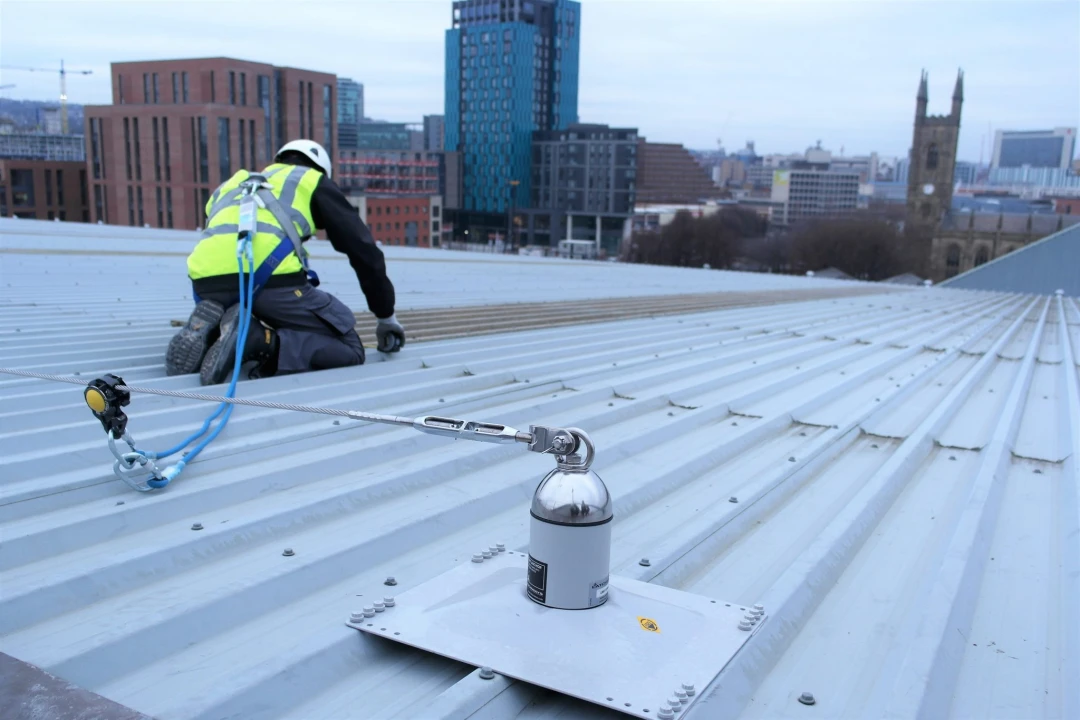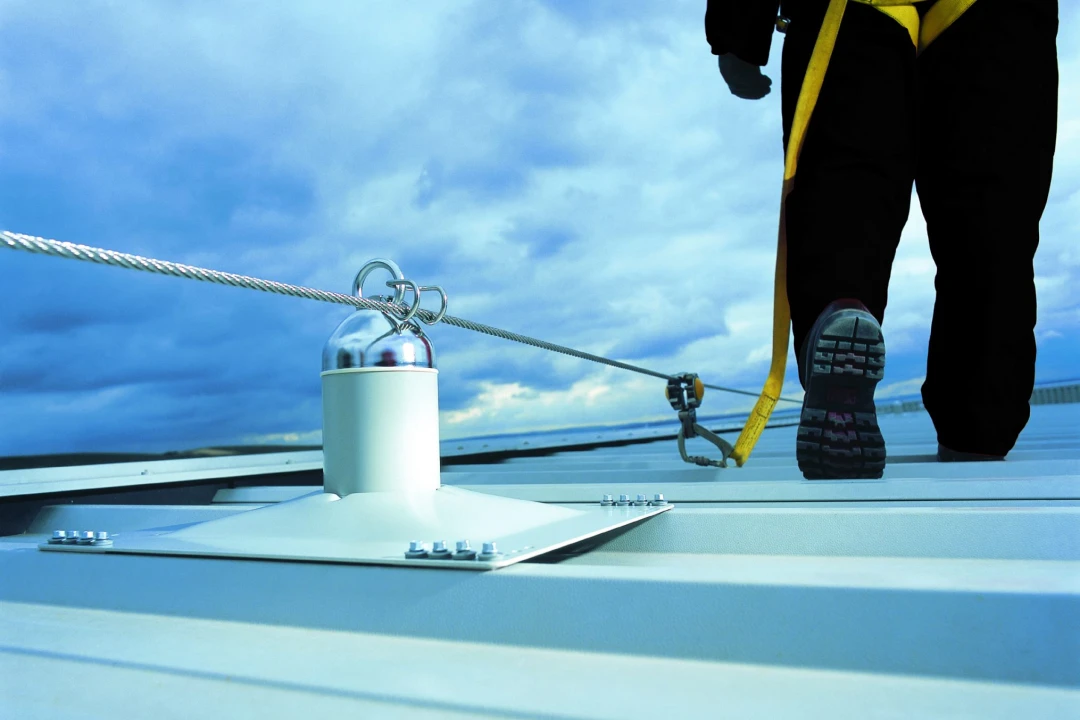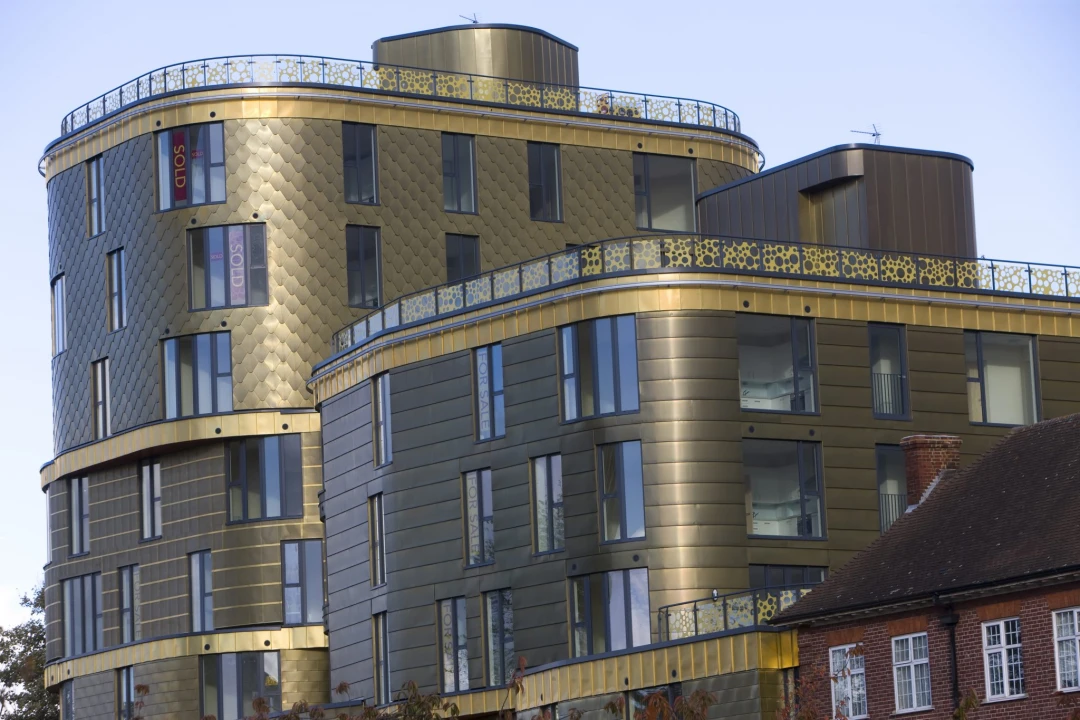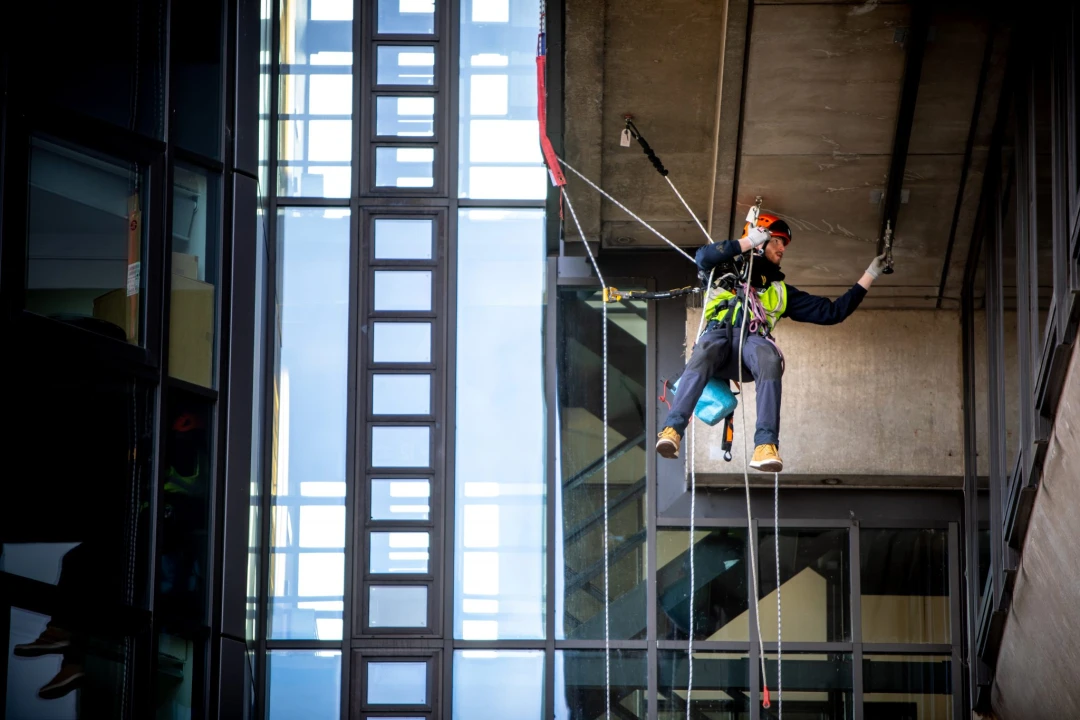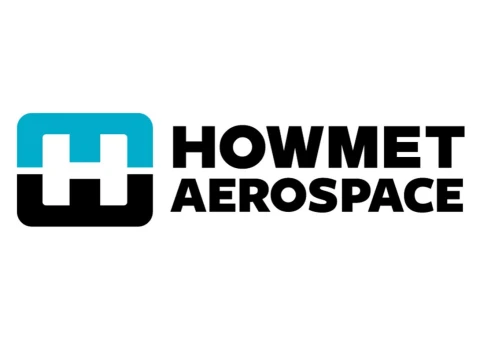
- Knowledge Base
- Case Studies
- London Bridge Station
London Bridge Station
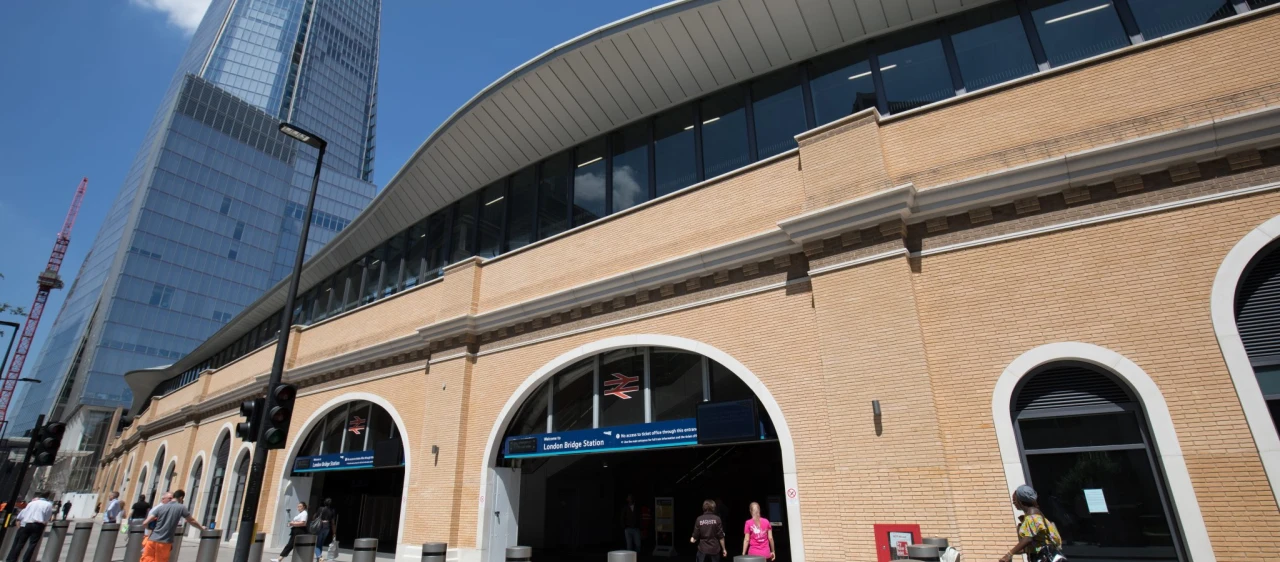
The client
Network Rail has redeveloped the 180-year-old London Bridge station – the fourth busiest station in the country with over 54 million passengers passing through every year.
To redevelop such a vast, complex site Network Rail required a team that would work together with one goal in mind and add value by presenting viable solutions.
Designed by Grimshaw, the re-modelling of the station integrated Victorian architecture with 21st-century infrastructure, including a new, naturally lit concourse larger than the pitch at Wembley Stadium. This has unified the station and all its platforms for the first time, providing more space and making the station easier to use, as well as enabling more high-quality facilities to be added.
The requirement
The project took place in phases as part of the Thameslink program, so the station could remain open throughout construction. This meant that much of the work had to be carried out in the relatively quiet period between 11 pm and 4 am. To add to the challenge, the working environment itself was also high risk with workers, including those installing the safety systems, carrying out their tasks above a live railway line and inside a busy railway station.
Prater overcame the challenge by utilising the 3D model of the station and recognising that the only way to deliver successfully, safely and on time was to unitise the roofing package. After early engagement with the supply chain – including Severfield and Bailey – and discussions with Network Rail and the architect, a decision was made to invest in and build a full-scale constructability prototype in North Yorkshire.
The requirement for Eurosafe was to then develop the layout and strategy for a safety at height system to be installed on the new roof which would allow for during construction and for future regular maintenance work. MSA had already been discussing the project with the building’s architects and joined forces with Eurosafe to design a solution that would not only allow their operatives to work safely at height but would also look aesthetically pleasing in conjunction with the new roof.
An additional system was needed to access the underside of the roof area to maintain the structure and essential services such as lighting. Because of the complex geometry of the roof’s wave design, and several hard-to-reach areas, this had to be a completely bespoke design.
The solutions
MSA and Eurosafe enjoy a long and successful relationship, having worked closely together since 2001. Over this time Eurosafe has posed many technical challenges to MSA resulting in the components being used in innovative ways. Together they have been able to provide the most effective solutions for a variety of bespoke environments; London Bridge station was just such a challenge.
Eurosafe chose the MSA Latchways Constant Force® Post (CFP) cable system for a complete rooftop fall protection solution. It is the only system approved by Kalzip, who supplied the roof at London Bridge Station.
The installation was complicated by the unusually short roofing sections, a consequence of the roof’s wave design. However, as a result of the CFP system being versatile, the team was able to work with the roofers to decrease the spacing of the CF Post. Six-metre sections of the roof and CFPs were then built off-site, in cassette form, in a factory near Doncaster - before being shipped in and installed. Due to the location, building the aluminium cassettes in situ was not possible and would have represented several health and safety challenges.
The decision to unitise the roofing package and segment 1,100 individual aluminium cassettes – all built within a specialised offsite manufacturing facility – was taken to combat this, ensuring the strict phased timescale for installation was met and the complex geometric design of the canopies delivered.
Prater mounted temporary safety systems supplied by Eurosafe to each cassette so the roofers could join the cassettes together during the construction phase. These were then made permanent by Eurosafe after the roof was completed. An unforeseen advantage of this system was that by working off-site, the amount of scaffolding needed at the station was reduced, providing a valuable cost saving.
Another aspect of the bespoke CFP system was that different-length lanyards and harnesses had to be used for specific areas where the roof area was tapered. MSA and Eurosafe were able to offer colour-coded lifelines to ensure this was visualised for the user. The team also created bespoke components to link the CFP system around London Bridge station with that of the adjoining building, the Shard.
For the second part of the safety at height provision, Eurosafe installed over 1000 metres of NP01 monorail to the undersides of the roof to carry a cradle for maintenance workers. This enables access to all areas of the new concourse where cherry pickers cannot be used due to restricted space and voids below. The cradle can be controlled remotely from the concourse for testing and employs features such as laser sensors to avoid contact with any part of the structure.
Together, MSA and Eurosafe had to overcome many logistical problems on the new London Bridge structure. Having done so, this project was a great success, helped by Network Rail’s insistence on going the extra mile wherever the safety of its staff is concerned. The phased approach of the project also meant that the project was delivered on time to Network Rail in January 2018.


